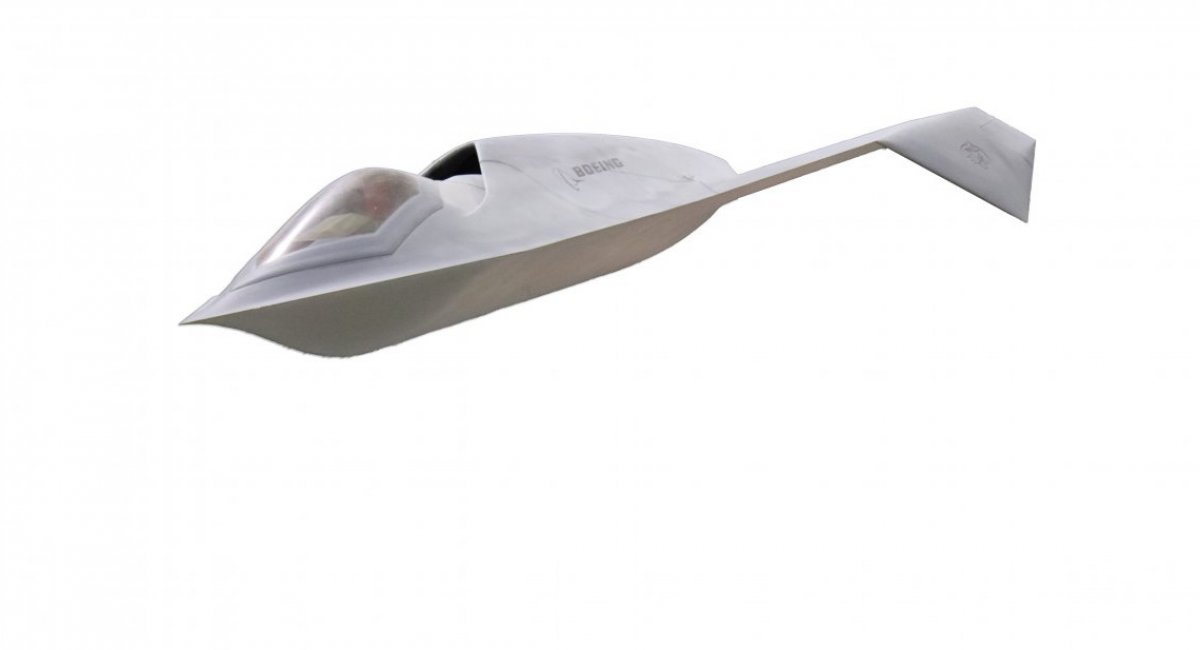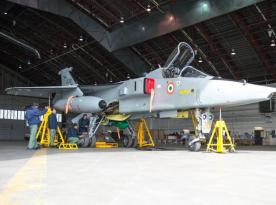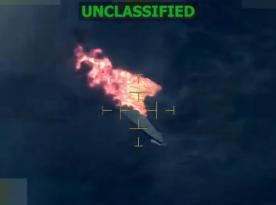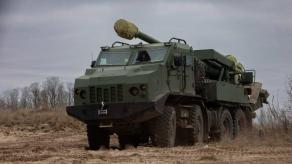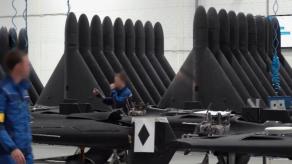The announcement of Boeing as the winner of the competition to develop the sixth-generation fighter, which Trump named the F-47 after himself, already provides some hints about the possible appearance of this aircraft.
Currently, the Pentagon has officially released only two low-detail images, showing just the nose section of the aircraft. However, any next-generation fighter does not emerge out of thin air—it is the result of years of research and experimentation. This is especially true considering that the aircraft was developed by Phantom Works, which was once part of McDonnell Douglas and was later absorbed by Boeing.
Read more: Romanians Have Second Thoughts After Tenderless F-16 Purchase When They Could Get Gripen
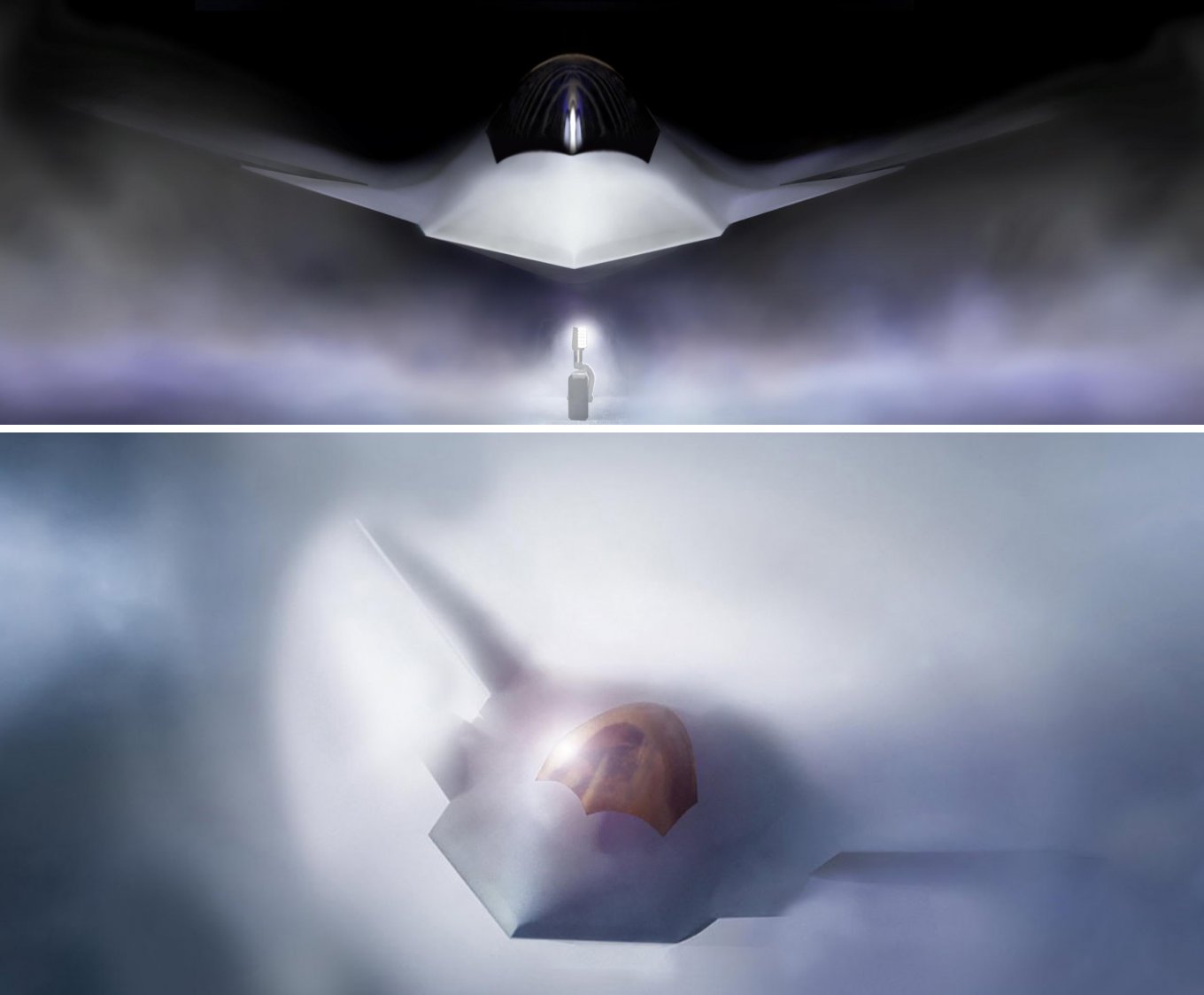
In the two available images from the U.S. Air Force, only the nose section is visible. The aircraft most likely lacks a vertical stabilizer but appears to have forward horizontal stabilizers, a wide, sharp, and flat nose with cheek extensions, and strongly upward-curved wings.
The presence of forward horizontal stabilizers is debatable since they are difficult to distinguish in the second image. Moreover, these surfaces are not ideal for stealth aircraft due to additional moving parts. Therefore, they could be highly developed wing root extensions or deployable surfaces that enhance stability during low-speed flight, such as takeoff and landing.
The absence of a vertical stabilizer is crucial for stealth and reduced drag, which improves fuel efficiency. This design choice has also been adopted in both new-generation Chinese aircraft. Yaw control can be achieved through wing mechanization, such as air brakes, and thrust vectoring via a movable nozzle.
Among Phantom Works’ past projects, the X-36 is particularly notable. This prototype aircraft, built at 28% scale, first flew in 1997. It was essentially a UAV, piloted remotely from the ground. Over 30 test flights demonstrated its high maneuverability and controllability.

Notably, the X-36 featured the now-popular lambda wing design. Additionally, its wings were slightly curved upward, similar to what can be seen in the F-47 renders.

Regarding the nose design and cheek extensions, these features help generate additional lift at high speeds, enhance stability at low speeds, and reduce radar visibility.
This approach was used in the experimental Bird of Prey aircraft, which—despite being labeled as a Boeing project—actually made its first flight in 1996, during the McDonnell Douglas era. It was also a Phantom Works creation. Like the F-47 concept, the Bird of Prey featured highly curved wings.
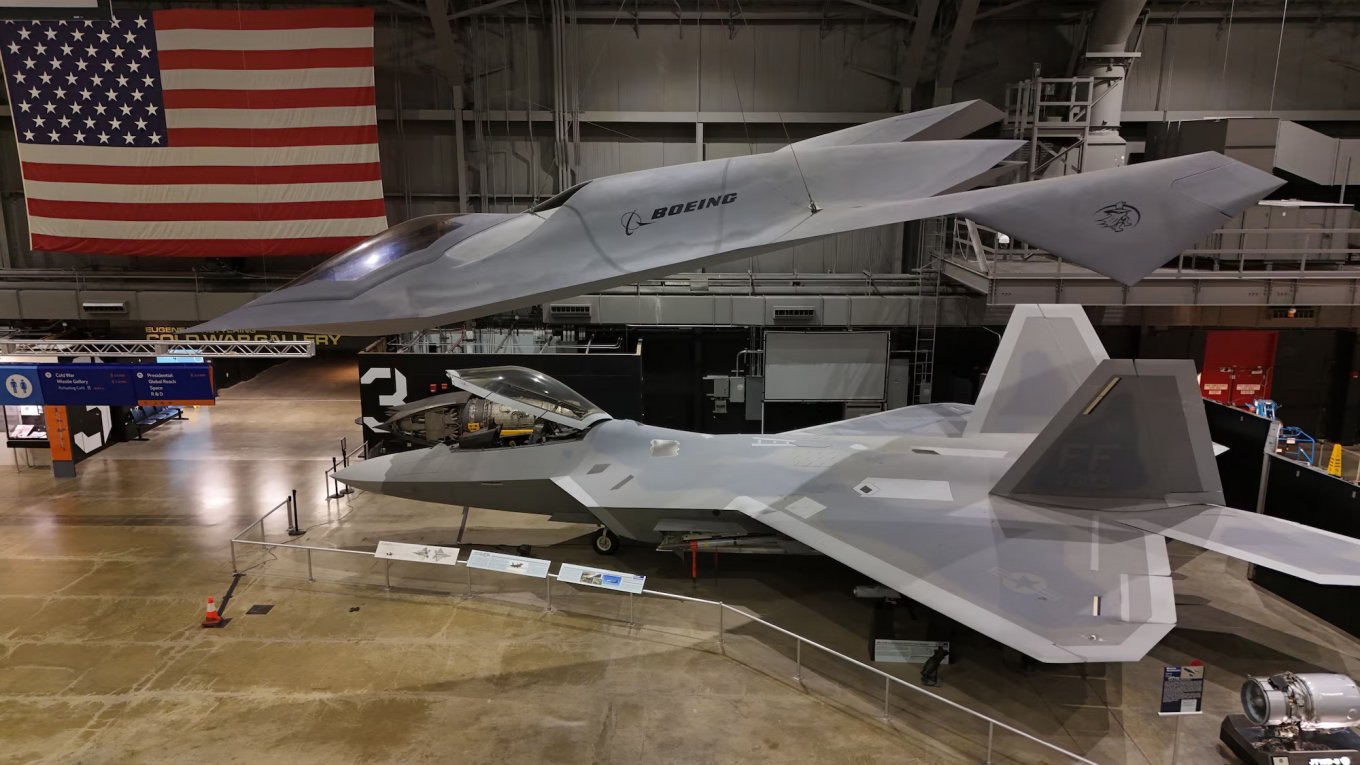
The Bird of Prey remained classified from 1992 to 1999 and completed 38 test flights. Despite its unique design, it used a conventional control system without computerized assistance, demonstrating stability and reliability in flight. Additionally, it had an upper air intake placement for improved stealth.
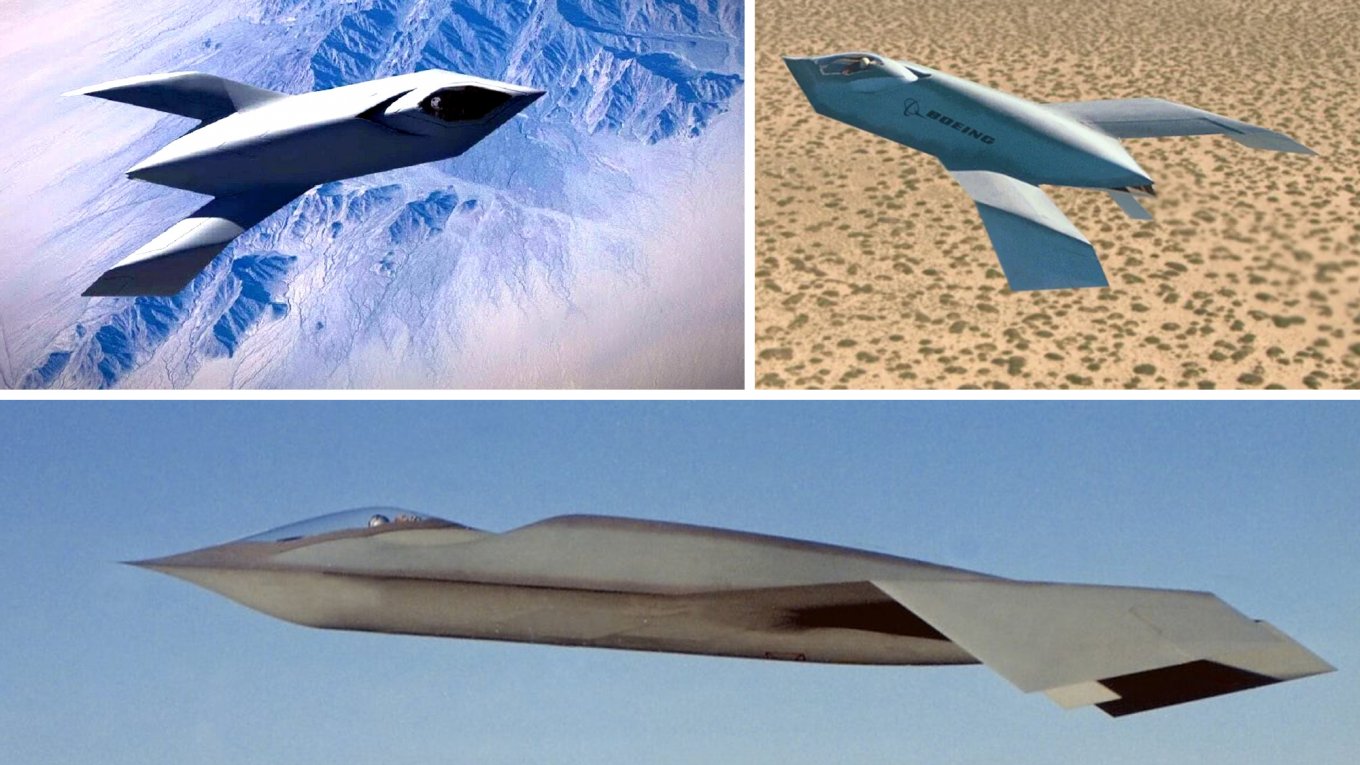
Of course, the F-47 will likely have a different appearance than these now-famous experimental aircraft from the 1990s. However, it is important to remember that all of Boeing’s fighter aircraft heritage comes from McDonnell Douglas, the company that originally developed the F-15 and F/A-18, which are now manufactured by Boeing. Thus, the Bird of Prey and X-36 can be reasonably viewed as reference points in the development of the F-47.
At the same time, it is essential to recognize that aerodynamics is only one aspect of a sixth-generation fighter. Equally critical are advanced onboard systems, artificial intelligence capabilities, integration with drones, and cutting-edge weapon systems, among other factors.
Read more: U.S. May Offer Turkey F-35 Jets Again, But Only If It Abandons the russian S-400 System




